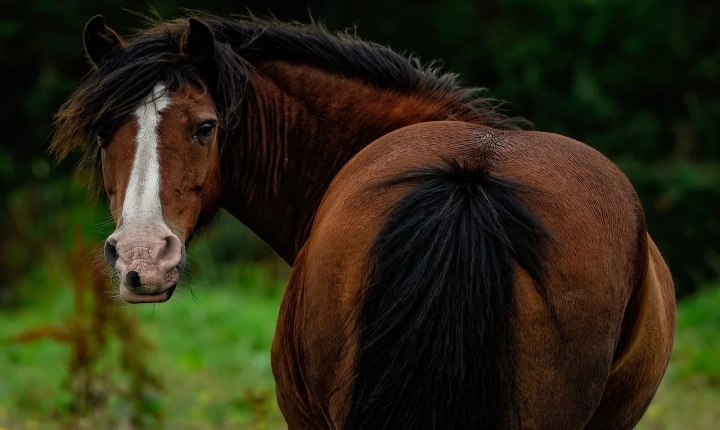Getting AI pictures: How Technology is Changing the Way we Create Imagery
With the advancement of artificial intelligence (AI) and machine learning, getting AI-generated pictures has become easier and more accessible than ever before. AI has transformed the way we create and interact with imagery, from generating realistic landscapes to creating lifelike portraits. The use of AI in generating pictures has opened up a world of creative possibilities, and its impact can be seen across various industries, including design, advertising, and entertainment.
One of the primary ways of obtaining AI-generated pictures is through the use of generative adversarial networks (GANs). GANs are a type of neural network architecture that consists of two competing networks – a generator and a discriminator. The generator network creates new images, while the discriminator network evaluates whether the images generated by the generator are real or fake. Through this iterative process, the generator network learns to produce increasingly realistic images.
Another method of obtaining AI pictures is through the use of style transfer techniques. Style transfer involves applying the artistic style of one image to another, creating a new image with the content of one and the style of another. This process is achieved through deep learning algorithms that analyze the visual characteristics of both images and apply the style of one to the content of the other.
Furthermore, AI-powered image generation can be utilized in various applications, including image enhancement, colorization, and reconstruction. These tools can be particularly valuable in fields such as medical imaging, where AI-generated images can assist in the detection and diagnosis of diseases.
The availability of AI-generated pictures has also had a profound impact on the creative process for artists and designers. With tools that can generate vast amounts of realistic imagery, artists can use AI to inspire their creative work, explore new visual styles, and break through creative blocks.
In the world of photography, AI-generated pictures are being used to create stunning visual effects, such as the simulation of long exposure in timelapse videos and the generation of high-dynamic-range (HDR) images. These techniques enable photographers to produce visually captivating images that were previously difficult to achieve without extensive post-processing.
Additionally, the use of AI pictures in advertising and marketing has seen a significant rise. Brands are utilizing AI-generated images to create hyper-realistic product visualizations and conceptual designs, enabling them to effectively showcase their products in a compelling and visually appealing manner.
While AI-generated pictures offer numerous benefits, it is essential to consider the ethical implications of their use. Issues such as copyright infringement, privacy concerns, and the potential for misuse of AI-generated imagery must be carefully addressed to ensure that the technology is used responsibly and ethically.
In conclusion, the availability of AI-generated pictures has revolutionized the way we create and interact with imagery. From art and design to photography and marketing, the impact of AI in generating pictures has opened up exciting new possibilities that continue to push the boundaries of creative expression. As the technology continues to evolve, we can expect to see even more innovation and applications of AI-generated imagery in the years to come.
